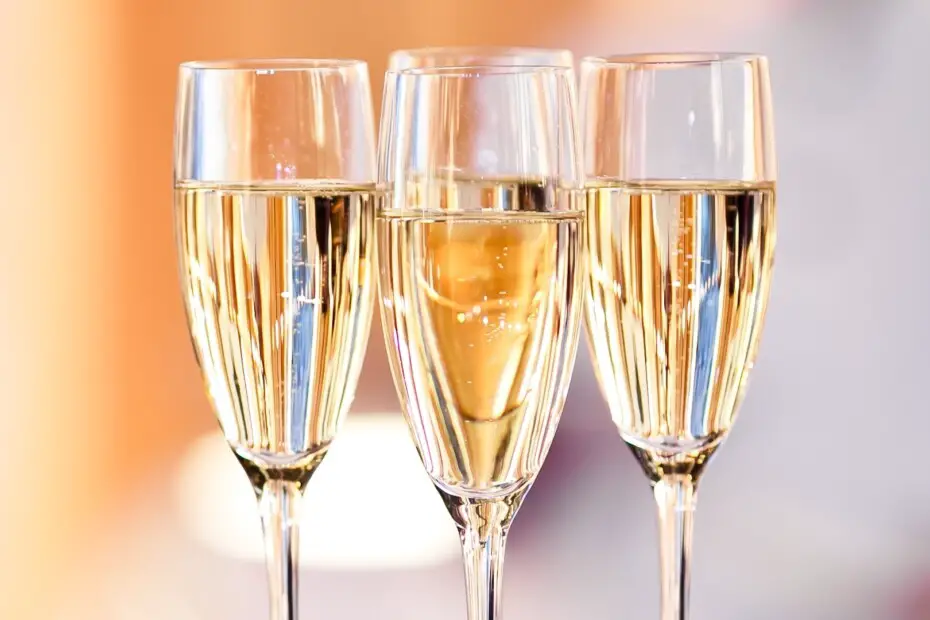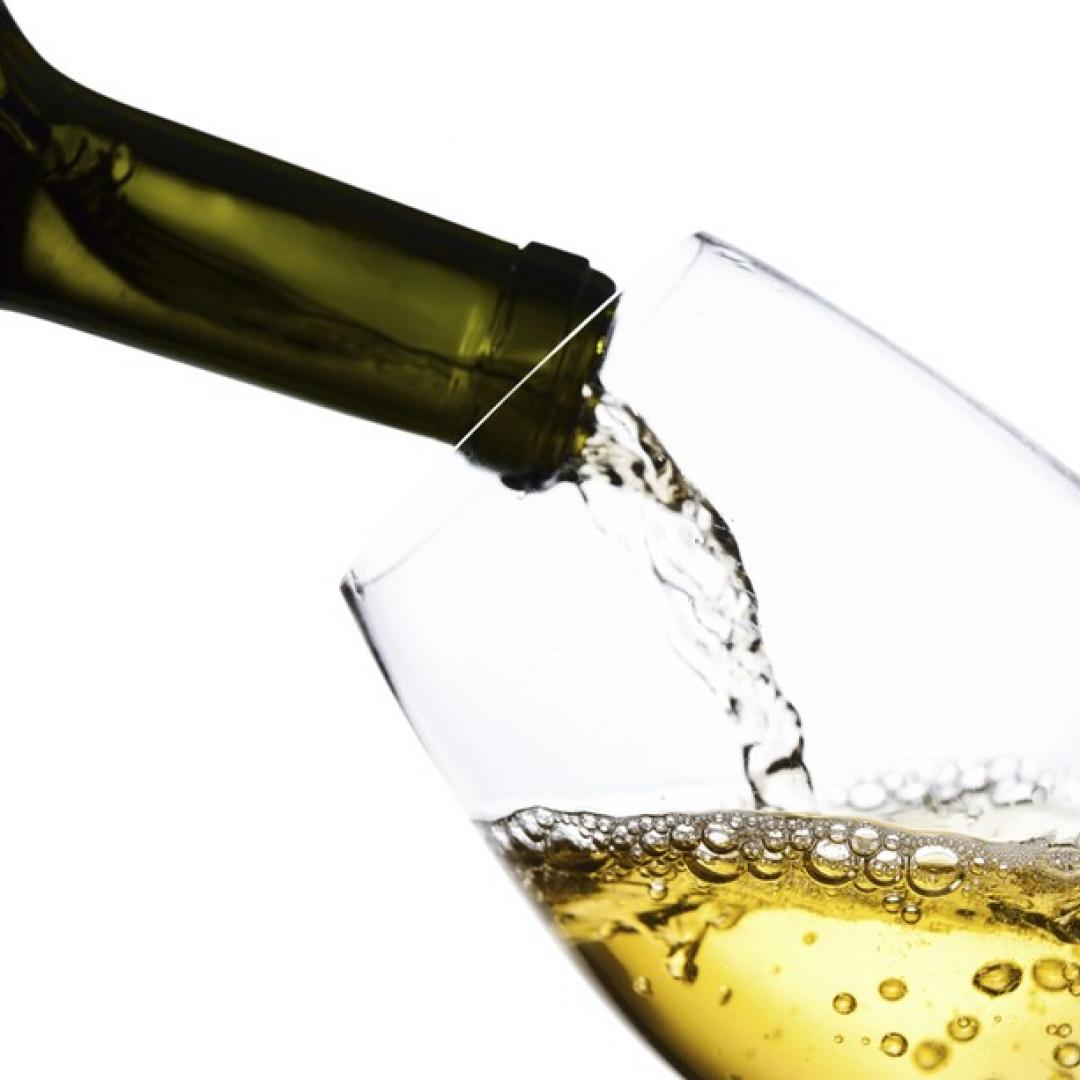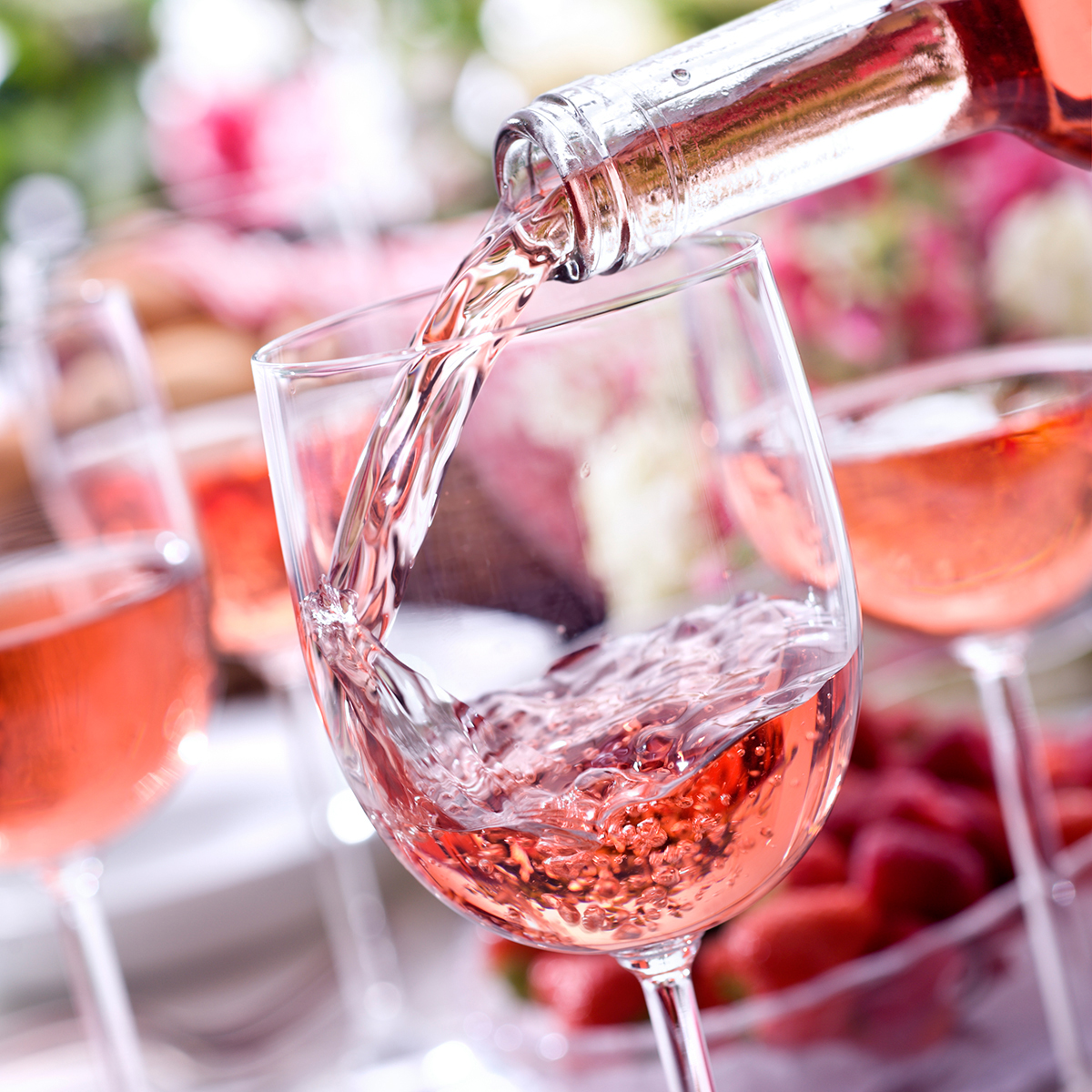how is sparkling wine produced? What is sparkling wine called? Every celebration is usually accompanied by a sparkling wine, its effect is to liven up the occasion and fill the moment with joy.
There are more and more followers of sparkling wines, its own characteristics make it a delight that seduces any palate, and is that they are synonymous with happiness and celebration, thanks to its exultant and wonderful foam.
En esta nota, encontraras lo siguiente
what is sparkling wine?
Sparkling wine is a broth with dissolved gas, which is achieved by making a second fermentation inside the closed bottle, so that the CO2 produced cannot escape and is dissolved in the liquid.
Origin and History of Sparkling Wine
Wine is part of the history of the world, its origin goes back centuries where Greeks, Romans, Phoenicians, etc., took the wine culture to other lands as part of their expansion, which led other cultures to adopt the love for wine and its potential.
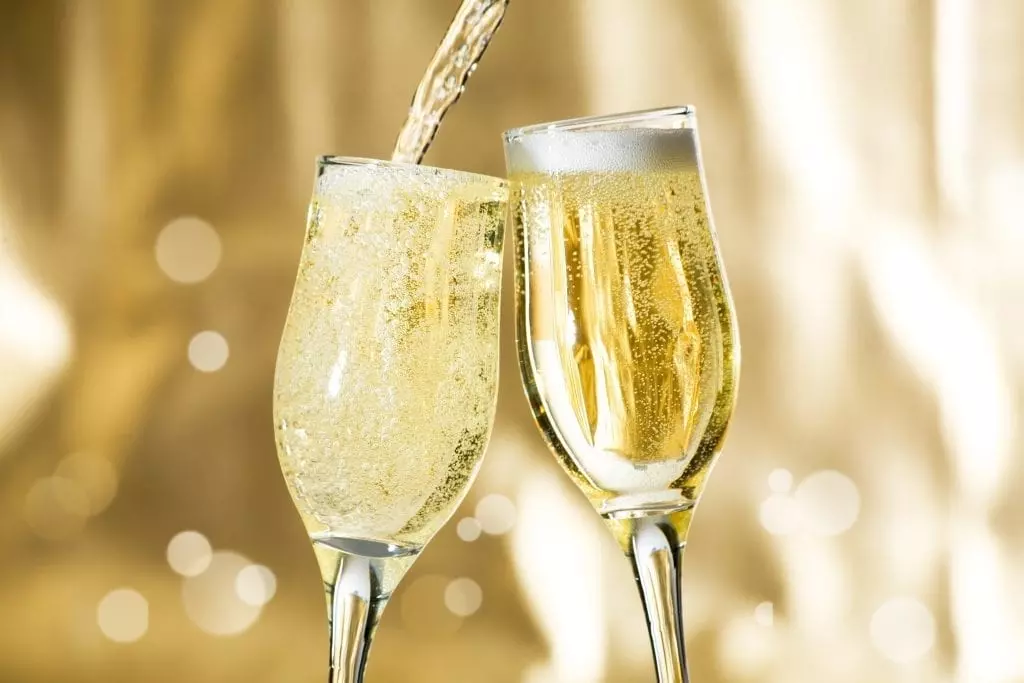
According to legend, everything seems to indicate that Dom Perignon, a Benedictine monk who was the bartender of the Abbey of Hautvillers in the year of grace 1618, was responsible for the elaboration of sparkling wine.
However, in the XIV century there were already written references about sparkling wines, the Franciscan theologian Francesc Eiximenis who in one of his treatises Lo Crestià induces us to think about the presence of carbon dioxide in wine.
But the Roman poet Publius Virgil Maron already knew about sparkling wines, so both authors describe wines that produced a tingle on the palate and a sensation of freshness in the mouth.
In the 15th century in the south of France, wines such as Blanquette de Limoux, which is considered one of the first sparkling wines, were known.
Characteristics of Sparkling Wine
Sparkling wine is a very special wine, its bubbles and delicate flavor make it an experience that envelops the palate.
- It has bubbles that give it identity
- Uses special techniques in its elaboration
- They conserve carbon dioxide in the liquid mass at a high pressure of over 2.5 bars
- If the carbon dioxide is lower than 2.5 bars, a sparkling wine is obtained
- The CO2 contained in the mass is of natural origin, i.e. it originates in the winemaking process itself
Color, flavor and aroma of Sparkling Wine
Sparkling wine stands out thanks to its powerful bubbles that give it identity and a pleasant sensation at the time of tasting.
Sparkling White Wine
It is a delicious broth full of flavor and bubbles that make it special
- Sight: Golden yellow color that may contain greenish reflections, with fine and persistent bubbles
- Nose: Complex and elegant aromas, with notes of ripe white fruit, yeast, bakery, hints of honey and toast, as well as citrus and exotic touches.
- Palate: Fresh, tasty and fruity in the passage and with a crisp carbonic very well integrated
Sparkling Rosé Wine
It is a broth of beautiful color, soft, delicate that envelops the palate
- Appearance: Bright pink color with fine and persistent bubbles
- Nose: Presents aromas of fresh red fruits, fine pastries and a light spicy finish
- Palate: Shows freshness and elegance, with floral notes, dried fruits and a powerful finish
Alcohol Content of Sparkling Wine
Sparkling wine is a very fresh wine, full of flavor and persistent bubbles that make it very special. Its alcohol content can be between 11% and 12.5%.
Types of Sparkling Wine
Sparkling wine is a delight that fascinates all palates looking for something unique and different, its flavor, freshness and charming bubbly sensation make various types of white, rosé and red wines very popular:
Champagne
Champagne is a sparkling wine produced in the Champagne region located in the northwest of France, the only region in the world where sparkling wine is produced exclusively.
The three main varieties for its production are Chardonnay, Pinot Noir and Meunier.
Crémant
It is a softer and less bubbly sparkling wine, made under the Traditional Method, which must rest nine months on lees.
Saumur and Vouvray
Produced in the Loire Valley, France, its sparkling wines Saumur are made with indigenous varieties such as Chardonnay, Chenin Blanc and Cabernet Franc, and the sparkling wine Vouvray AOC are made only with the Chenin Blanc variety.
Cava
It is the Spanish sparkling wine made under the Traditional Method, which is the same method used to make Champagne.
It uses white and red varieties such as Macabeo (Viura), Parellada, Malvasia, Chardonnay, Garnacha tinta, Monastrell, Pinot Noir and Trepat.
Asti
Made under the Asti or Dioise method, where the resources used to control the action of the yeasts are cold and filtration processes.
Prosecco
Made with the Glera variety, unlike the sparkling wines from Piedmont, the Charmat method is used in its production, where the second fermentation takes place in stainless steel tanks.
Likewise, sparkling wine can also be classified according to its sugar content, so we can find it in 5 different types:
- Brut Nature: It is the driest sparkling wine of all.
- Brut: It is the most commercial dry wine as it presents sugar addiction.
- Reserva: This is a dry wine with the character of an older wine.
- Semi-dry: It is a wine with a softer taste and a certain sweetness.
- Semi-sweet : It is a sweeter wine than the dry one.
Sparkling Wine Pairing
Sparkling wines are extraordinarily versatile so they can accompany any occasion, from being a great aperitif to be the best companion when tasting a great dish.
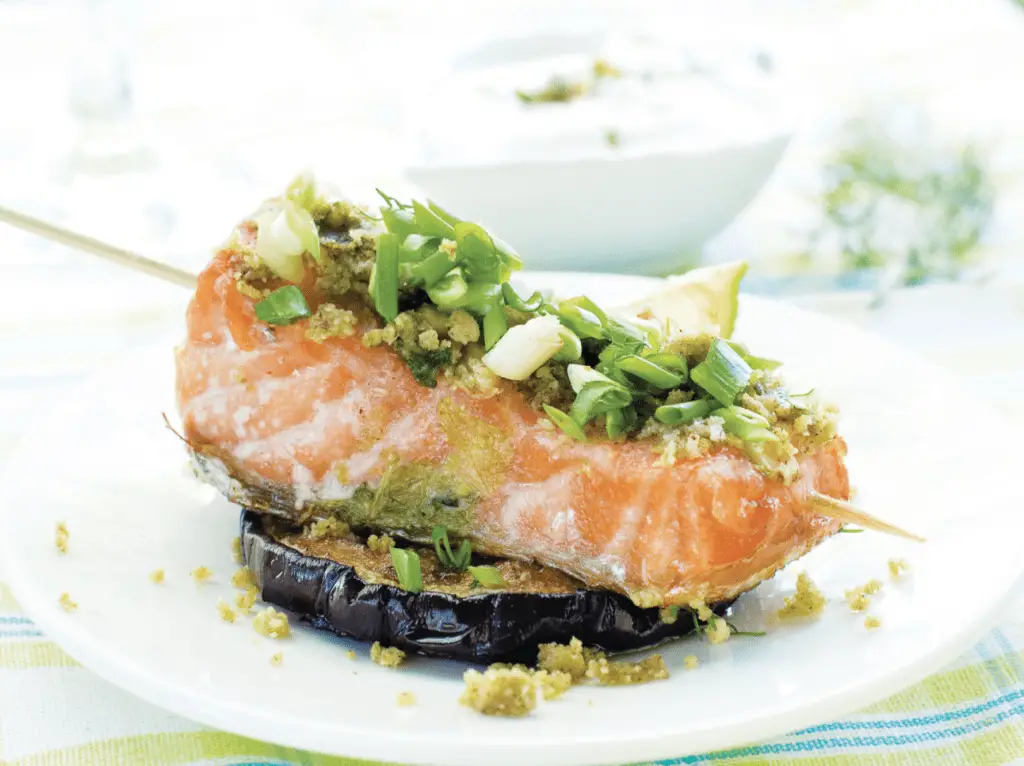
- Meat: Especially with white meats, its combination harmonizes the flavors creating an explosion of flavor that delights the palate.
- Seafood: An excellent enhancer that harmonizes and balances the flavors while intensifying the aromas of the seafood.
- Rice: A perfect combination considered by many as ideal thanks to the harmony it achieves.
- Pasta: Delicious accompaniment to any pasta dish with any type of sauce.
- Dessert: A good combination full of flavor
how is Sparkling Wine made?
Depending on the region in which the sparkling wine is made, it is usually made from grape varieties such as Chardonnay, Pinot Noir, Meunier, Chenin Blanc, Cabernet Franc, Macabeo, Parellada, Malvasia, Garnacha tinta, Monastrell, and Trepat, among others.
At present there are several types of natural sparkling wines depending on the technology used for their production, so we can find those elaborated under the traditional method, the granvas and the transfer.
Traditional Method This method consists of subjecting the bottled wine to a second fermentation to produce gas.
This type of process is applied to champagne and is considered the highest quality among the other sparkling wines. Also in this category are Crémant, Saumur and Vouvray, Spanish cavas and Italian sparkling wines from Asti, as well as wines from Australia, the United States, South Africa and New Zealand. To distinguish them, this sparkling wine has a four-pointed star on its cork.
Granvas Method With this method, the wine undergoes a second fermentation in large tanks and when it is already carbonated, it is bottled.
Although it is cheaper and simpler than the previous method, the final result is optimal. Its elboration process lasts three or four weeks, and to distinguish it, this sparkling wine has an empty circle of 7 cm. in diameter on its cork.
To this type of sparkling wine belongs the Italian Prosecco and Lambrusco, the German Sekt, and some Australian sparkling wines. Transfer Method In this wine, fermentation is carried out in the bottle and then filtered to eliminate the lees and transferred to a different bottle, which is the one that will be sold.
This process avoids the second fermentation in the bottle. To identify them on the corks, a solid black circle of 7 cm. in diameter can be discovered.
Characteristics of Sparkling Wine
The varieties used for the elaboration of sparkling wine are strains that provide unique organoleptic characteristics that give it freshness and pleasant taste.
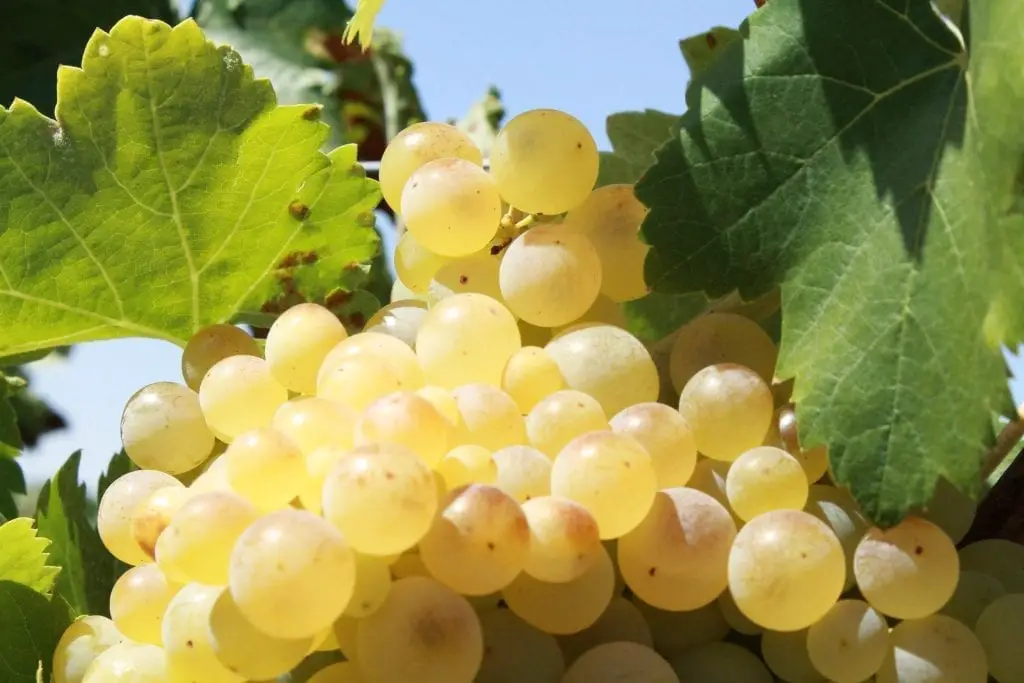
Chardonnay grape
It is a variety that has spread all over the world, its characteristics make it an interesting and much loved grape variety.
- Small bunch of berries
- Small berries
- It is a grape variety very sensitive to magnesium deficiency and very affected by the physiological drying of the stem
- It has high phosphorus and nitrogen requirements, given its high vigor
Pinot Noir grape
It is a grape suitable for the elaboration of cavas, champagne and sparkling wines thanks to its great quality.
- Small bunch size
- Small berry size
- In hot climates it ripens very quickly and is sensitive to sunburn of the fruit
- Responds very well to phosphorus and has low nitrogen and potassium requirements
Chenin Blanc Grape
It is suitable for the production of acid sparkling wines.
- Medium to large cluster size
- Small berry size
- It is a variety very sensitive to wood fungi, especially eutypiosis, also sensitive to powdery mildew, codling moth and gray rot, very sensitive to spider mites. Not very sensitive to downy mildew and black rot
- Fairly drought tolerant
Parellada Grape
A variety that produces aromatic, dry whites with moderate alcohol content, fresh aroma and a delicate fruity acidity.
- Very large cluster size
- Medium sized berries with green epidermis
- Early budding and late ripening strains
- Very sensitive to downy mildew, powdery mildew and low sensitivity to botrytis
Trepat Grape
An autochthonous variety from Conca de Barberà and produces light, fruity wines with good acidity and medium alcohol content.
- Large cluster size
- Large, round berries
- Sensitive to spring frosts
- Drought fearing and somewhat cool soils prove to be most suitable
Sparkling Wine Temperature
Sparkling wine is a pleasant and fresh broth, so it is recommended to be served cold, between 6°C and 8°C degrees, and should not be put in the freezer or kept in the fridge. They should be chilled in a bucket with half water and half ice for about 20 minutes.
Price and best brands of Sparkling Wine
Sparkling wine is a fresh, versatile and very pleasant broth that day by day manages to conquer more palates, we can find it in the market at a price that can range from 5 euros to 500 euros.
Toso Moscato D’Asti Fiocco Di Vite 2018
A bright straw yellow colored sparkling wine with fine bubbles, aromatic with fruity notes of medium intensity, with hints of white flowers, honey and fresh grapes that make it present a sweet mouth entry, with good acidity, balanced and elegant €7.50.
Santa Digna Estelado Rosé 2016
A pale osa colored sparkling wine with fine and persistent bubbles, with an aroma full of red fruit notes and citrus hints that make it fresh and wild with a great finish €15.90.
Agusti Torello kills Brut NatureCr 2010 Magnum
A delicate golden yellow sparkling wine of limpid appearance, with fine and persistent bubbles, slow in its evolution, which presents toasted aromas, mountain, fresh grass and spelt bread that give it a pleasant evolution, where the creaminess of the foam stands out on a background of vanilla, toast and pastries, the result of its long aging 38.90 €.
Krug Grande Cuvée
A pleasant golden colored sparkling wine with fine and lively bubbles, with aromas of floral buds, ripe and dried fruit, marzipan, gingerbread and citrus that make it elegant 182,00 €.
Dom Pérignon P2 Vintage 2000
A wonderful sparkling wine that stands out thanks to its notes of brioche which mingle with bergamot and seed fruits with smoky notes that make it vibrant, unctuous, with an exquisite length and slightly bitter, where notes of licorice and toasted malt mingle on the finish 365,00 €.

